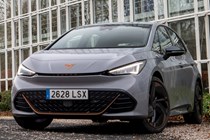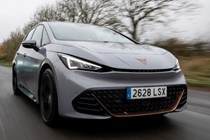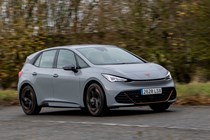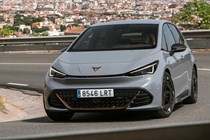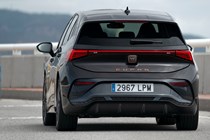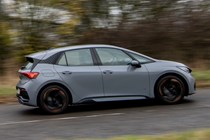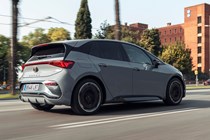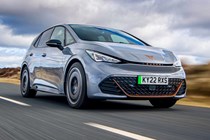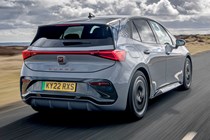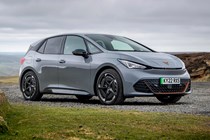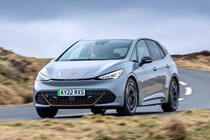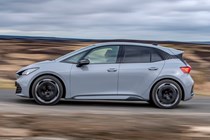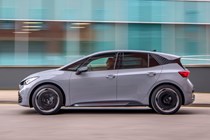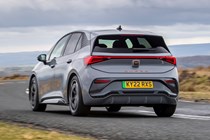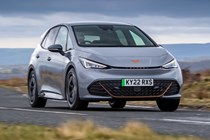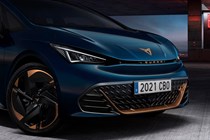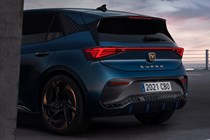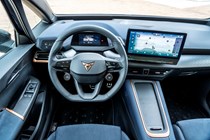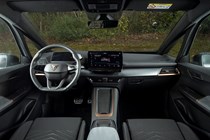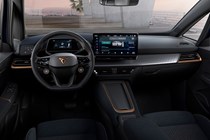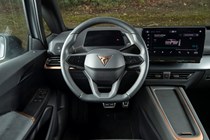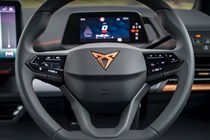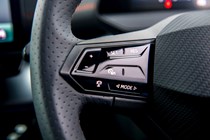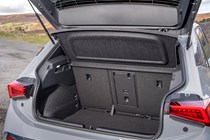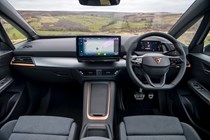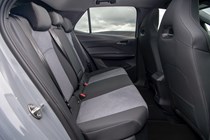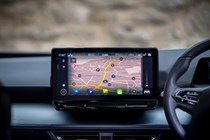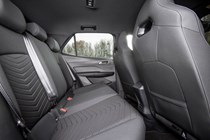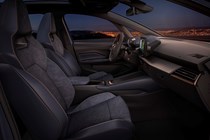
Cupra Born running costs and reliability
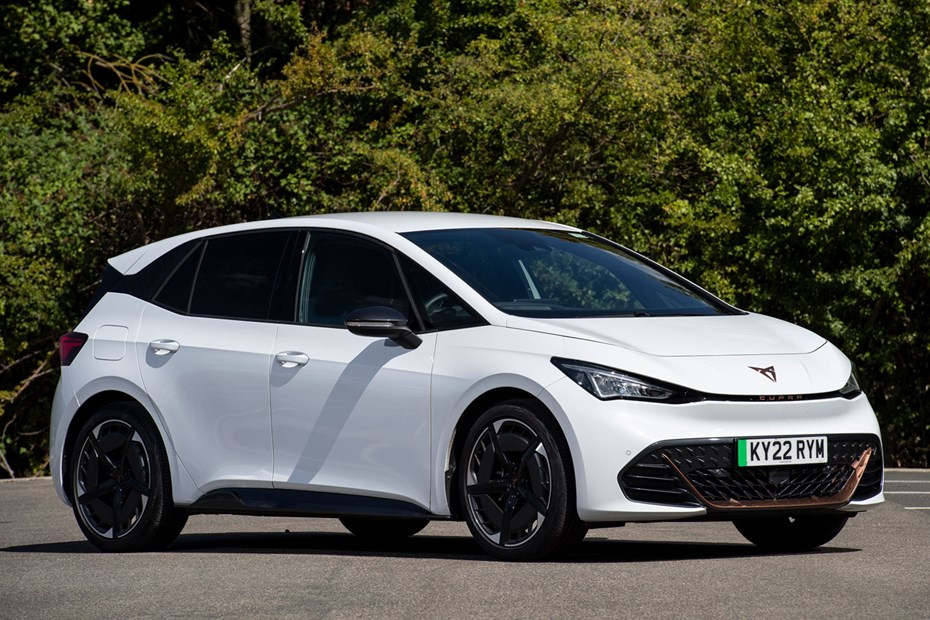
Miles per pound (mpp) ⓘ
| Electric motors, home charging | 10.3 - 11.8 mpp |
|---|---|
| Electric motors, public charging | 5.6 - 6.3 mpp |
Fuel economy ⓘ
| Electric motors | 3.5 - 4 miles/kWh |
|---|
- Cheaper to run than a petrol or diesel
- Up to 135kW rapid charging capability
- Even 58kWh capable of 200 miles in the real world
What are the running costs?
The Born’s running costs depend greatly on how you charge it. While public charging – especially on a rapid charger – can be pricey, topping up at home should be significantly cheaper. However, take advantage of Economy 7 tariffs with a much cheaper night rate and grab a few cheeky volts at the free chargers springing up at supermarkets and you’ll cut costs further.
You’ll find even greater advantages if you’re a company car user. Because the Born is a zero-emission car, it sits in the lowest BIK tax band saving you thousands a year over conventionally powered cars.
There’s a choice of two battery packs: 58kWh or the longer range 77kWh pack. The former has an official range of around 260 miles and the latter 340, although in mixed driving in the real world we’d expect to see that figure reduced by around 50 miles, especially when temperatures drop.
As for home charging, use a domestic wallbox and you’ll probably be ready to go with a full battery by the morning, certainly if you’ve got the 58kWh model. Try the same trick with a three-pin plug and you won’t get anywhere near, although you will have more than enough for the average commute.
Both will connect to DC fast chargers, with the 58kWh able to take 120kW speeds while the 77kWh will take up to 135kW. This will get you from 0-80% in around 35 minutes respectively.
The longer range model will add a notable chunk to the purchase price, so it’s worth considering just how often you will really need those extra 80 miles and whether you are prepared to pay more for fewer seats.
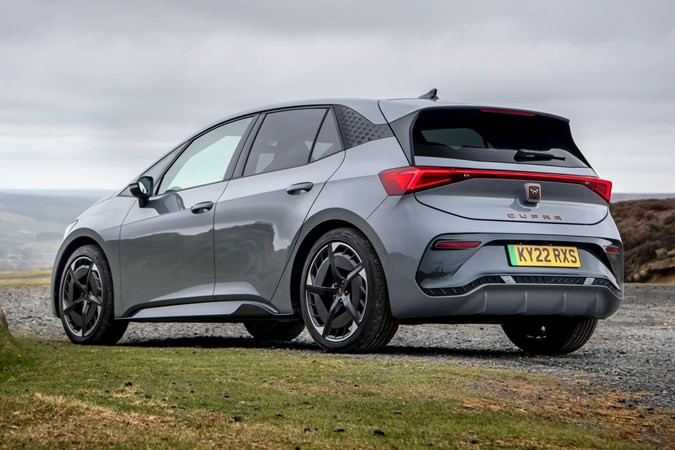
Servicing and warranty
The Born gets an average three-year/60,000-mile car warranty – though the EV battery components are covered for eight years or 100,000 miles (whichever comes sooner).
Servicing intervals are once a year or every 20,000 miles. It should be cheaper to service than a conventional car, as there are fewer moving parts and fluids to change.
Reliability
- No recalls so far
- Too new for owners to report overall
- Lots of new tech, some of it very advanced
So far the Born has avoided being recalled, although we’ve already experienced some connectivity glitches when using Android Auto. The ID.3 had similar electronic gremlins that have been helped with software updates so let’s hope Cupra do similar with the Born.
Ongoing running costs
| Road tax | £195 - £620 |
|---|---|
| Insurance group | 25 - 28 |
Get an insurance quote with

|
|




